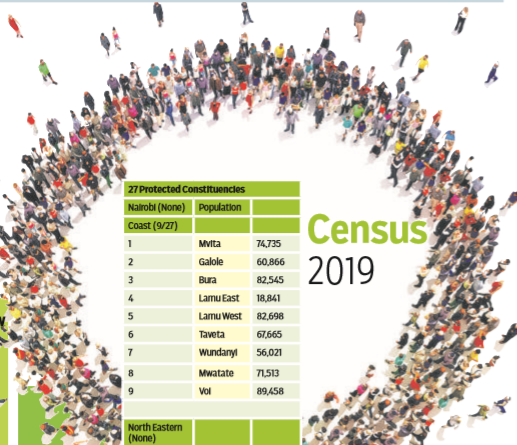×
The Standard e-Paper
Truth Without Fear

According to a report made by Andrew Ligale-chaired Interim Independent Boundaries Review Commission, which identified the present constituencies in 2010, a constituency should have an average of 133,138 people.